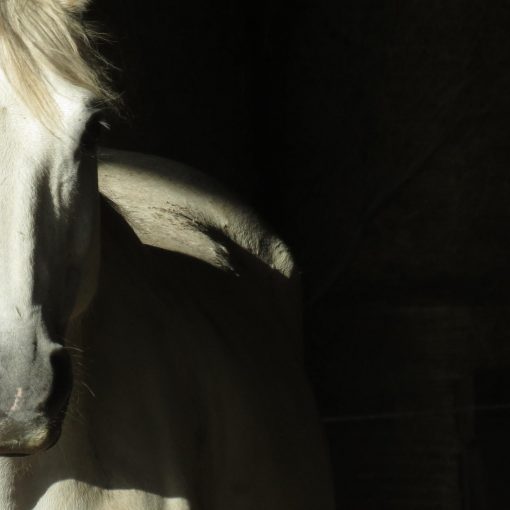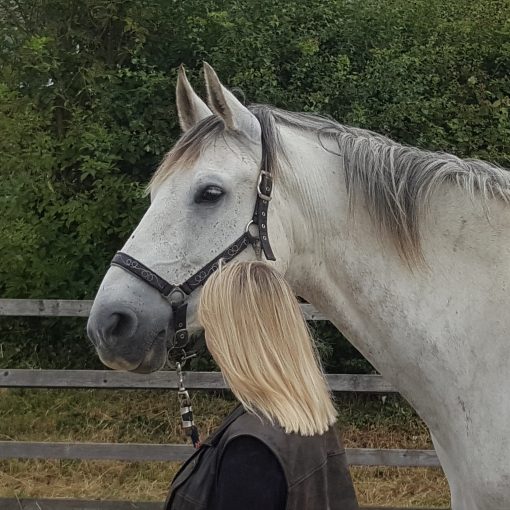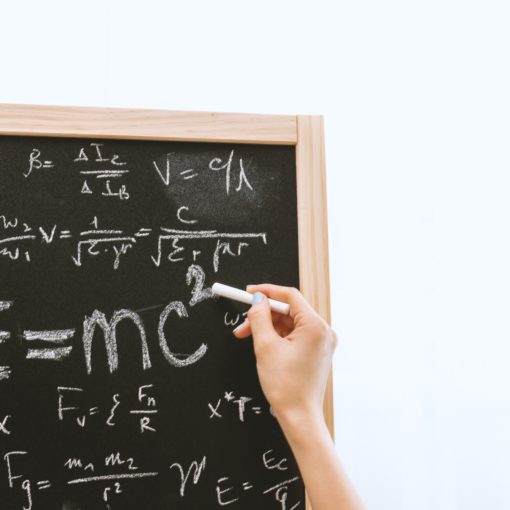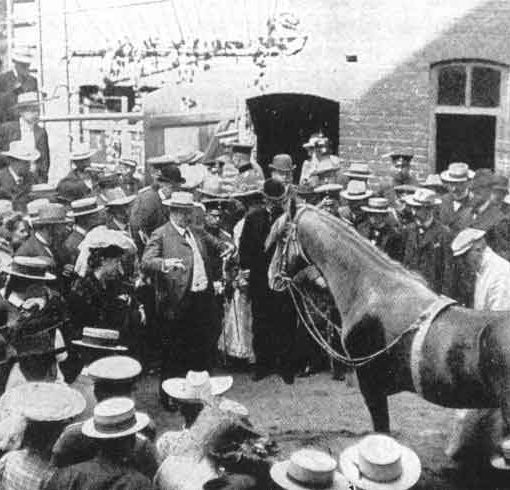So why music as meditation? The other evening, I was listening to a piece of music that I never fail to be deeply moved by and started to think of music as a meditation. For the record, the piece: the second movement of Beethoven’s 7th symphony. For me a passage of music of incomparable beauty.
The woodwind with a single note calls in a simple cello pattern opens the movement, and the theme slowly builds as the orchestra joins. It teases, the tension of the opening bars never quite releasing until the theme shifts key towards the end of the movement. It holds our attention throughout.
In that moment I recognised a meditation. And so, I got to thinking, for all the sitting on cushion and watching our breath, there is something more generic for me there in a broader definition. It is the setting of an intention to place and sustain our attention on one specific sensation, challenge or idea. This is often referred to as the “object” of our meditation.
Somewhere to come back to
So, we set an object. In traditional awareness meditation it might be our breath, or the sensation of movement within our bodies. For most of us mortals, it serves as a place to return our attentions too when our mind starts it wandering. Because that is what it does, particularly when we are at rest.
The more we meditate the more we learn to notice our wandering mind. Often it draws back to some reflection of the past, or forward to some urgency on anxiety. The “object” offers us a place to return to, noting with kindness for our thoughts that right now we intended our attention to be in a specific place.
And so, it with music. As a listener the experience is visceral and in the moment. Yet we can still lose ourselves, how often do we feel transported by the music. I recall being lost in a mental image of Stalin’s Gulag during a performance Shostakovich’s eight string quartet. Powerful, but like our thoughts in a meditation, still a distraction.
As with a meditation the music itself invites us back to “now”
And in doing
Biologist Rupert Sheldrake in his book Science and Spiritual Practices talks about the idea of sport as a meditative practice. This ties in with Csikszentmihalyi’s work on flow states in human. Flow states often generate a natural ecstasy in performance, growing out of the unconscious harmony of mind and body. Flow is much cited these days in the field of Positive Psychology.
And similarly, in the performance of the music there is the experienced of ecstasy – whether vocal or instrumental. Particularly when in some form of group or ensemble. Here the foundations of our social existence rise to create something of beauty beyond the sum of the individuals.
In the moment
Music invites us into the moment. Music as an object of meditation serves as a tangible and practical anchor. A place to set our awareness. When we set listening as an intention it becomes a beautiful place to rest our consciousness and to then return to whenever distracted; time and time again if needed!
If mindfulness and meditation is to serve and benefit our lives it is when we move beyond the cushion that the world changes – this is why the Buddha defined the Eight-fold path. He recognised that mindfulness was a journey of life. Taking our practice into real spaces, like music, begins the process of stepping beyond the cushion.




